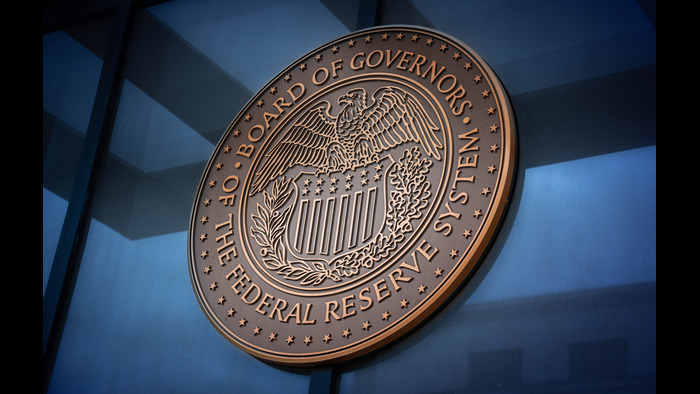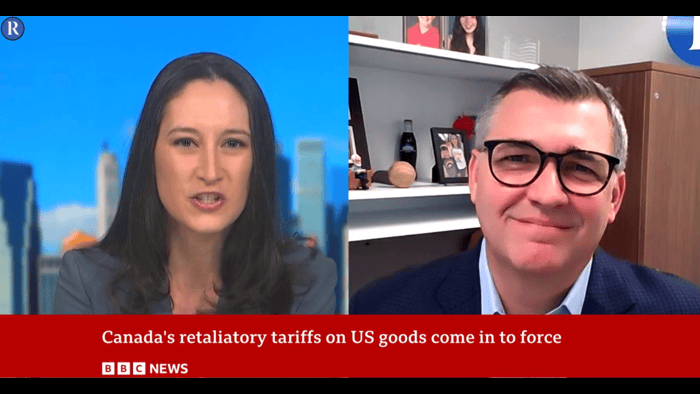Inflation, Uncertainty, Lost Jobs: Sec 301 Tariffs in Review
- By [ Ellen Jackson , Blake Harden ]

For instance, Customs and Border Protection statistics show that American companies have paid over $188.22 billion in tariffs. Remember China doesn’t pay the tariff tax, American companies and consumers do. A study by the American Action Forum found that “based on 2021 data, U.S. consumers paid $48 billion in Section 301 tariffs to import goods from China.” Additionally, a report by the Progressive Policy Institute found that tariffs on consumer goods are discriminatory and regressive because low-income Americans are disproportionately impacted by these tariffs, especially single-parent families and people of color. Tariffs not only penalize Americans by creating job losses and higher prices, but they are also responsible for slower growth.
According to a Peterson Institute study on the impact of tariffs on inflation, “the competitive impact of cutting the China tariffs could eventually lead to about a 1 percentage point reduction in inflation.” This translates to approximately “$797 per US household, about half the size of pandemic relief in 2021.” Further, according to a study by Oxford Economics, a rollback in tariffs could increase economic growth and stimulate employment growth in the United States. If both the U.S. and China “gradually scale back average tariff rates to around 12% (compared with around 19% now), the U.S. economy produces an additional $160 billion in real GDP over the next five years and employs an additional 145,000 people by 2025.” In this de-escalation scenario, the income for U.S. households “would be $460 higher per household as result of increased employment and incomes as well as lower prices.”
Despite these numbers, it doesn’t seem the administration will alter its path. More than nine months ago, USTR began its four-year review process to determine the effectiveness and economic impact of the tariffs – which is still ongoing. The administration seems to be slow walking the process, which only increases uncertainty for consumers and businesses.
Again, the numbers clearly show that tariffs on consumer products such as glasses, cotton swabs, lightbulbs, air fresheners, luggage, bookcases and lamps have had no impact on making the U.S. more secure vis-à-vis China or changed China’s behavior or practices related to technology transfer, intellectual property, and innovation. It is also extremely telling that no administration official has asserted the ongoing tariffs are having the effect of eliminating the harmful Chinese practices that served as the basis for the section 301 tariff actions. Instead, the only outcome of the tariffs about which there is no doubt is that they have increased costs for Americans.
USTR has an opportunity to consider the economic fallout of the Section 301 tariffs and to take a new, more strategic approach. Until USTR announces the outcome of its review, however, uncertainty remains high – and American companies will continue to pay the federal government billions of dollars that could be going towards preserving jobs, paying suppliers and fixed costs, and investing in their businesses to compete globally. Further, tariffs will continue to burden American families by forcing them to pay more for every day goods.
Therefore, we urge USTR to immediately extend the remaining Section 301 product exclusions set to expire on September 30 and announce a prompt conclusion to the ongoing four-year review*. We also urge USTR to restart a comprehensive product exclusions process for as long as 301 tariffs remain in place so that American businesses can seek targeted relief from the tariffs for products and inputs that cannot be sourced outside of China.
Following the publishing of this blog, USTR announced a three-month extension on Section 301 product exclusions, to December 31, 2023.
Tags
-
International Trade
-
Public Policy
-
Supply Chain






